Data Centers: An Unchecked And Unnecessary Energy Crisis
By Adenike Adeyeye
By Adenike Adeyeye
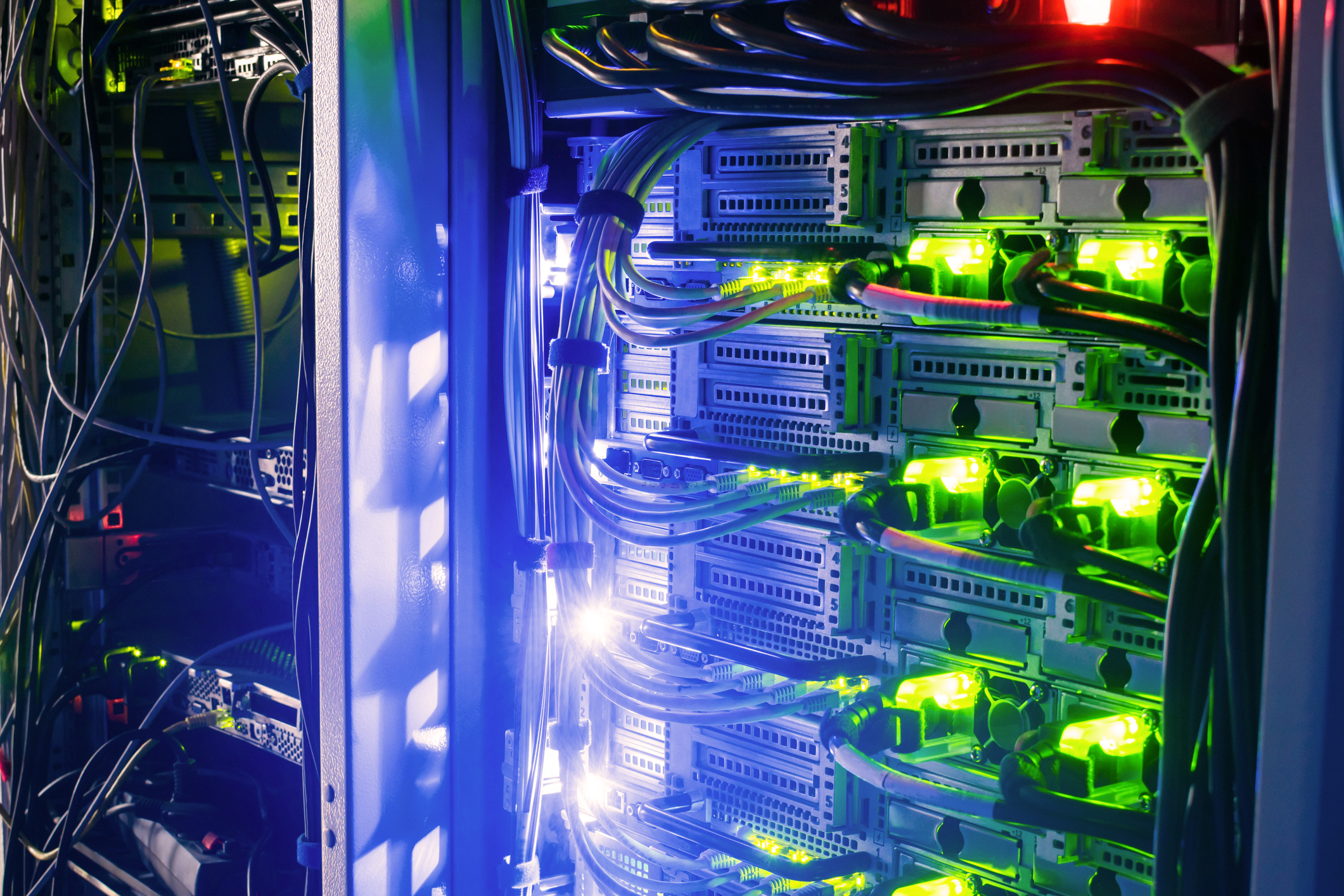
Anyone who has tried to reduce their screen time can tell you how hard it is to function these days without the internet. A quarter century into the third millennium, the concept of being “online” is less a choice than a daily necessity as we aim to stay organized, connected, and aware of what’s happening in our communities and the world.
All that time we and our WiFi-dependent appliances spend logged into “the cloud” is having profound and tangible environmental and economic consequences on the ground.
Data centers are massive, sprawling facilities built to store the vast quantities of digital data that make our individual and commercial use of technology possible. These storage needs are only expanding as we use artificial intelligence (AI) more and more in daily life. Demand for new data center capacity is booming right now.
Data centers look like large warehouse buildings, but instead of storing goods, they store data on computer servers. They employ, on average, 50 people to maintain the servers and the facility itself. Those servers require a lot of energy to stay cool, making it necessary for a data center to have constant access to electricity, including backup generators. Data centers are sometimes sited very close to residential neighborhoods.
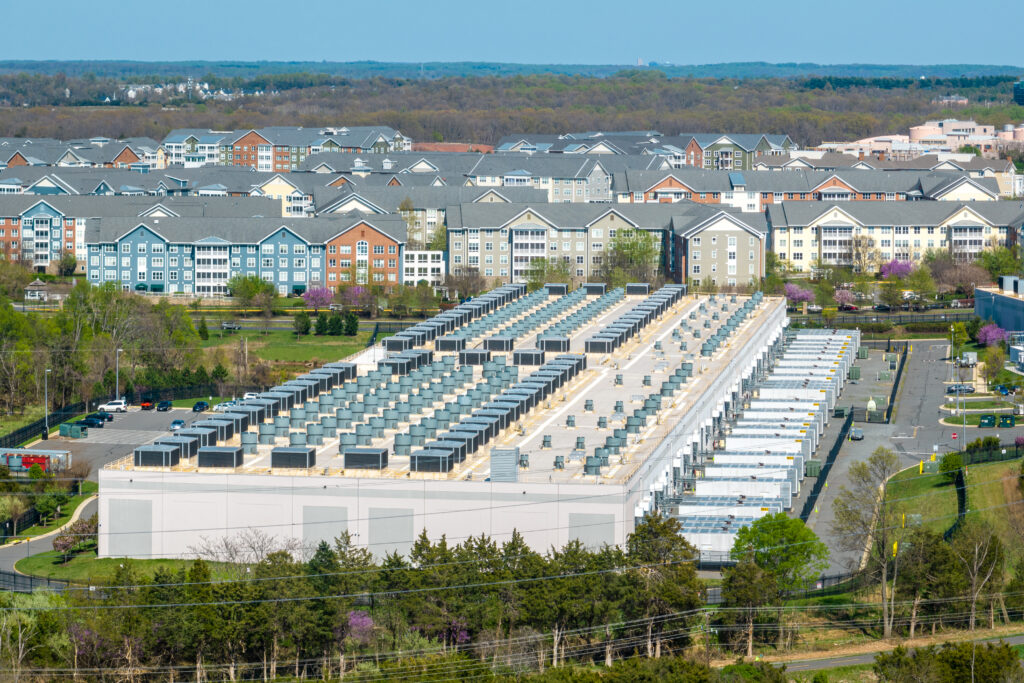
In the South, AI growth is leading to huge leaps in energy demand: Virginia, South Carolina, North Carolina, and Georgia expect to need over 30,000 MW of additional energy capacity within the next 15 years.
Georgia Power, Georgia’s largest utility, wants to meet much of the near-term energy demand growth by building new fossil-fueled power plants. Dominion Energy, Virginia’s largest utility, plans to meet AI-driven energy demand by building a new $4.5 billion gas plant. Residential customers will pay 50% of those costs, while business customers (including data centers) will pay just 11% of the costs.
Experts estimate that global data center capacity needs will double by the end of this decade.
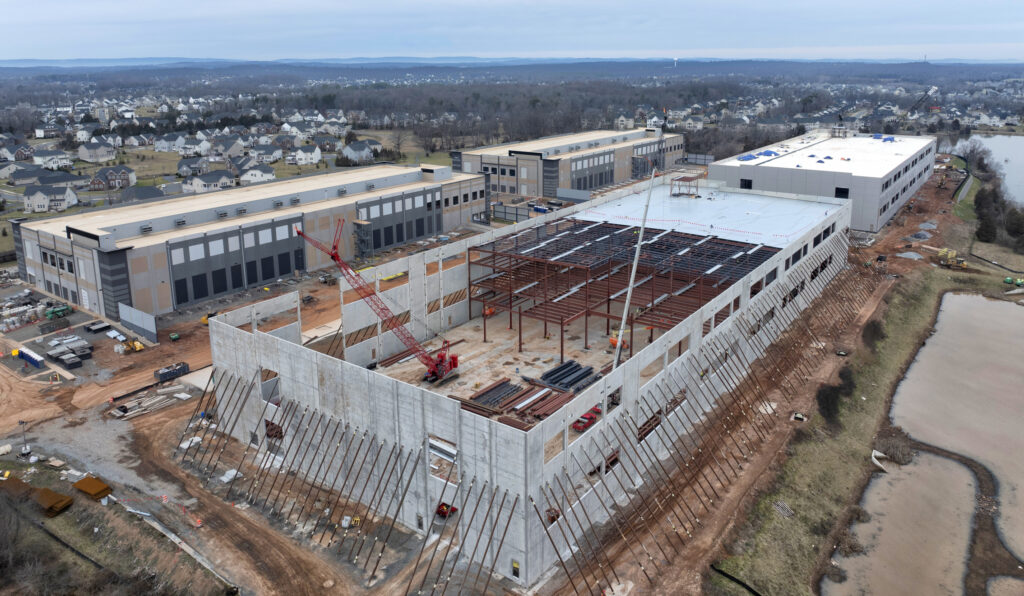
Instead of pursuing modern, cleaner technologies that bring with them an increase in jobs likely to outpace the fossil fuel industry, some are taking the easy way out: keeping old, dirty fossil fuel plants open.
Data centers are major energy, water, and land hogs: one data center’s water use can range from 300,000 gallons per day (enough for 100,000 households’ daily use) all the way up to five million gallons of water per day. In 2022, annual data center electricity consumption was 130 terawatt-hours, equivalent to the amount of energy needed to power approximately 12 million homes. Experts expect that number to triple by the end of the decade. This drastic increase in energy demand stresses the power grid and requires that we build more energy resources—including diesel-fueled backup generation on site in case of power outages.
Utilities and decision-makers across the country have signaled their interest in rolling back or delaying existing climate and clean energy policies out of fears that they will not be able to meet data center-driven energy demand. Instead of pursuing modern, cleaner technologies that bring with them an increase in jobs likely to outpace the fossil fuel industry, some are taking the easy way out: keeping old, dirty fossil fuel plants open.
Data centers are not only a nuisance but also a health hazard for nearby residents. On top of that, when utilities build out infrastructure and new resources to power data centers, other ratepayers— including low-income households—often bear more than their fair share of the cost.
Meanwhile, diesel particulate matter emitted by data center backup generation is tied to increased rates of cardiovascular disease, respiratory disease, and cancer. Data centers also produce background noise that can be disruptive for residents and has been tied to health impacts such as elevated blood pressure and migraines.
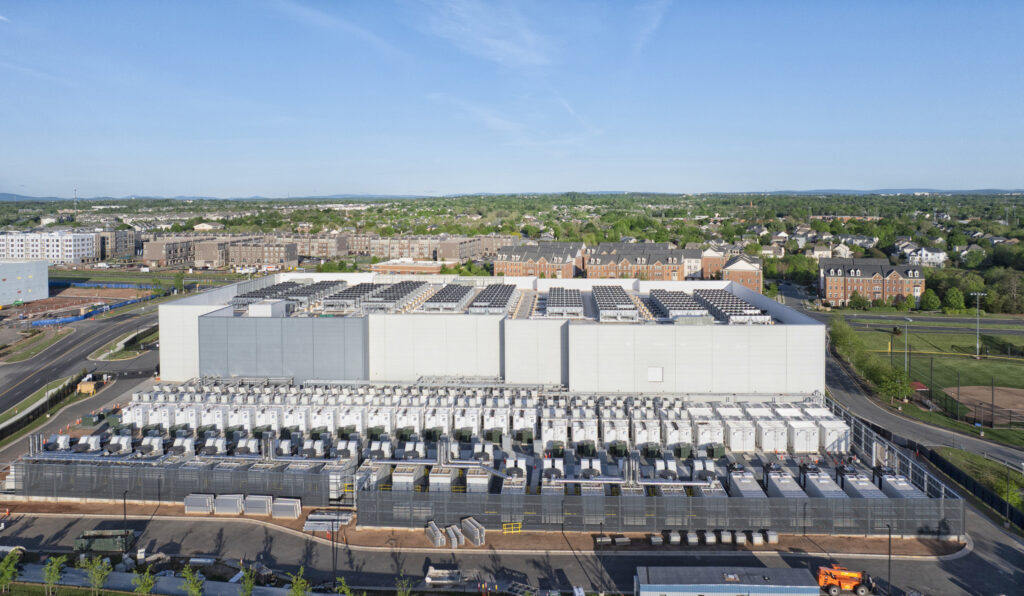
These plants are not just dangerous to the environment and human health; they are also very expensive. The Maryland People’s Counsel estimated the impact of data center-driven infrastructure upgrades and found that Baltimore-area households will likely pay on average $192 more per year for their electricity due to data centers’ energy pull.
Even though local communities didn’t invite these complexes into their neighborhoods, they are forced to effectively subsidize their costs. Utility bill increases can have drastic negative impacts on low-income households with tight budgets. Energy insecurity as a result of high utility bills can worsen existing medical conditions, make it difficult for families to afford other bills including rent, increase the risk of heat-related illness in summer, and cause families to use more dangerous heating methods such as stoves and space heaters in winter.
Communities see the risks associated with data center development and are fighting back against proposals that endanger their health and spike their utility bills.
In Pittsylvania County, Virginia, the Coalition for the Protection of Pittsylvania County defeated a proposal to build a gas-fired power plant and 12 data centers in their area. Community members offered hours of public testimony to convince the Pittsylvania County Board of Supervisors to deny the company’s rezoning application, which would have converted 2,000 acres of agricultural land into industrial land. Appalachian Voices, an Equity Fund grantee partner and prominent voice in efforts to develop new, transparent legislation around data centers, had existing relationships in the community and provided information and resources to local leaders who spearheaded and won this fight.
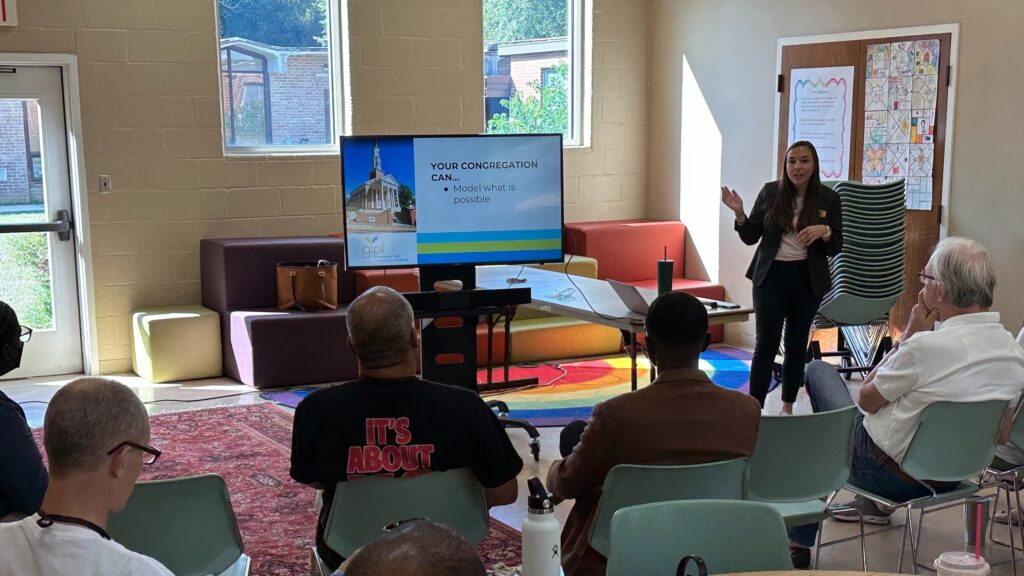
In Georgia, residents are fed up with extremely high energy bills and unpredictable rate hikes. Georgia grantees including Black Voters Matter, Georgia Conservation Voters, and Georgia Interfaith Power and Light have been educating their community members and local elected officials about the harms of data center projects near residential neighborhoods. Additionally, Georgia Interfaith Power and Light, Georgia Conservation Voters, and Georgia WAND have been intervening at the Public Service Commission (PSC) to make sure households are not subsidizing data center energy costs. In January, the PSC issued rules to protect residential ratepayers from costs caused by large load facilities, including data centers. Our grantee partners in Georgia continue to push for these ratepayer protections to be codified into law.
Communities in other parts of the country are unsure—and they are worried. In response, organizations in the Equity Fund’s grantee network are sharing their experiences with their fellow organizers. In June, the Equity Fund hosted a policy webinar about data centers. Grantee partners learned about each other’s current efforts to fight back against these centers and were able to ask questions about how to expand the fight to protect their communities.
Our grantee partners are pushing decision-makers to avoid shortsighted decisions, think in new ways about how to support energy production, and adopt policies that benefit working-class households and our planet.
Years of climate and clean air progress are on the line, not to mention the dangers that high energy burden and energy insecurity pose for low- and middle-income households. Instead of prioritizing climate-friendly design and development and offering ratepayer-friendly options, utilities and lawmakers often pursue outdated, polluting, and expensive solutions. At the federal level, the repeal of wind and solar production tax credits in the budget reconciliation process could constrain renewable energy growth as data center demand grows, leading to utility bill increases. In some states, lawmakers are even considering rolling back or delaying existing climate policy due to data center-driven increases in energy demand.
Our grantee partners and their communities are pushing decision-makers to avoid shortsighted decisions, think in new ways about how to support energy production in an unstoppable age of technology, and adopt policies that benefit working-class households and our planet.
At the Equity Fund, we’re proud to support community-based organizations who are not only resisting corporate interests but are also advocating for solutions to mitigate this unnecessary and increasingly serious crisis.
For more information about data centers and how local residents are responding, please see the resources provided below.
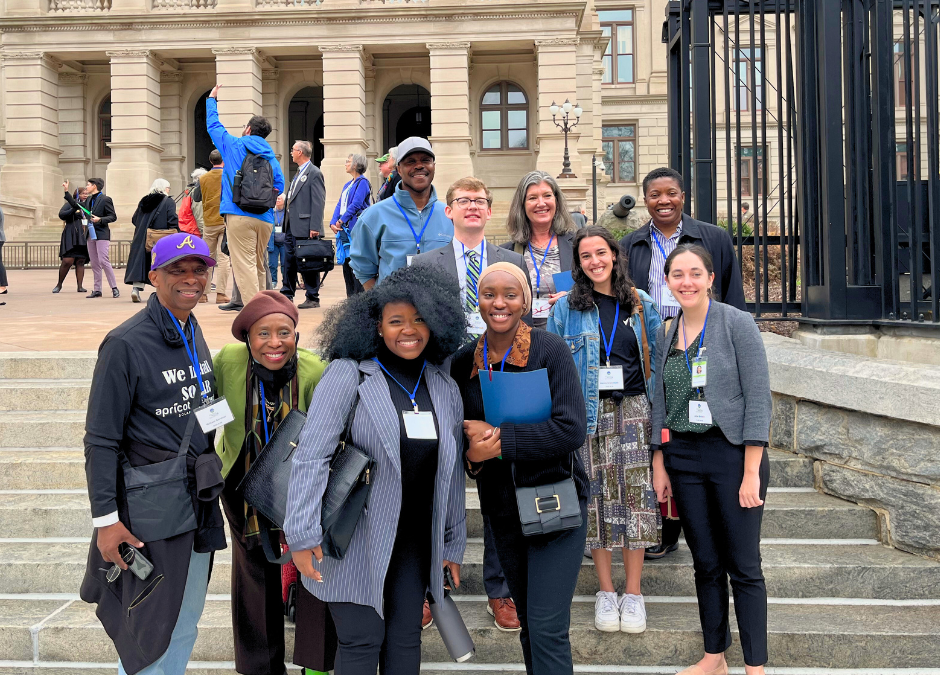
Adenike Adeyeye is the Equity Fund’s Senior State Strategist for the Mid-Atlantic region.